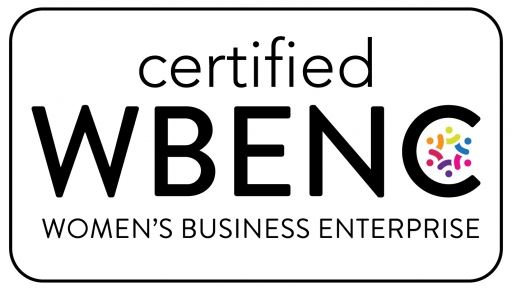
If you’re the coach, boss or manager of an inside entrepreneur, we want to let you in on a few things…
It’s only Wednesday, and already this week we’ve talked to two smart, passionate Inside Entrepreneurs (IEs) who are frustrated and ready or close to walking away from their roles because they feel stifled and unable to use their creativity, passion and strategy within their roles. When we asked them about their jobs, they each prefaced by saying “I probably won’t be there much longer…”
Of course, we coached and talked about things they could do differently, but in both of the stories we heard, there were clear signs of leadership who (probably unknowingly) are holding back innovation and entrepreneurial growth.
Kim works at a small-ish agency. She is a recent MBA grad with several years of solid business experience and joined the company about a year ago — hired specifically, she was told, to help them innovate and grow in new areas. Mike is a tenured leader in a large company that manufactures consumer goods. He has consistently delivered change programs that have influenced and grown the organization well beyond his immediate work group and led several businesses through entrepreneurial growth programs.
For both Kim and Mike, their frustrations can be grouped into three themes. Now, these are not the only frustrations we hear about, but they are some of the key reasons why talented would-be-inside-entrepreneurs leave a company:
1. Micromanaging. IEs, in our experience, are looking for leadership, not management. Management is checking in on tactical details, while leadership helps set vision and goals and provides parameters, but then let’s the employee figure out the specifics on how to make progress. IEs want and need some level of freedom to practice the adaptability, relationship-building and cross functional team/network creation that will enable them to be successful. Micromanagers take up a disproportionate amount of time relative to the value they are adding, and actually detract from the creativity, agility and level of ownership that are key success factors for any inside initiative.
2. Risk aversion. IEs tend to have a higher risk profile than most others — in other words, they are able to take bigger risks, and often, get a bit of a “rush” from the act of risk taking. Organizations, cultures and leaders/managers who are extremely risk averse, requiring validation level data for most decisions, are obviously not great environments for IE ventures. In many cases, setting expectations up front can help alleviate this tension, but the IEs that are most frustrated are often in positions where the decision criteria are unclear or unattainable, making progress extremely slow.
3. Inconsistency. This one might seem a bit less obvious. While IEs are agile, creative, flow-to-the-work types of employees, the organization that retains them and realizes the growth potential from IE ventures maintains a level of consistency in how decisions are made, how individuals are rewarded and consistency of “support” for the work. Inconsistency comes in the form of circular thinking (i.e. priorities that seem to shift, but then end up back where they started, after hours, days, weeks of meetings and discussion); mismatches between words and actions (i.e. leadership that publicly declares a desire for innovative thinking, but then seemingly thwarts the process); and disparity in reward structures (i.e. reward structures that don’t empower and encourage IE work).
Leaders run the risk of losing passionate talent when micromanaging, risk aversion and inconsistency define their corporate cultures.
Photo licensed under Creative Commons 2.0 via Flickr user: woodleywonderworks


